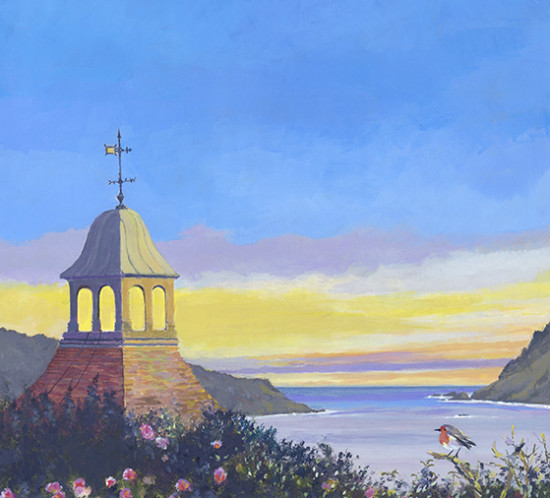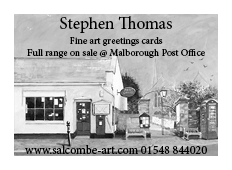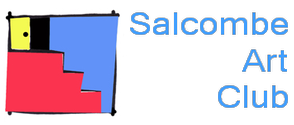Christmas gift ideas for an artist
Deciding on the perfect Christmas gift can be tricky.
If you have an artist friend and are still wondering what he or she would like, what about treating them to a gift which lasts all year?
Subscription to a magazine as a Christmas gift
I get The Artist and Leisure Painter magazines every month … and received this promotion via email in the past few days. Check out offers for new subscribers on their website.

Christmas Holidays …
I will be enjoying the Christmas break – no blog on 25 December 2017 or 1 January 2018.
Festive greetings to my readers: I wish you health, wealth and happiness in the coming year.




 All of my 59 designs of cards are available at Malborough Post Office.
All of my 59 designs of cards are available at Malborough Post Office. Yes, it’s time to start thinking about signing up for spring term art classes at
Yes, it’s time to start thinking about signing up for spring term art classes at